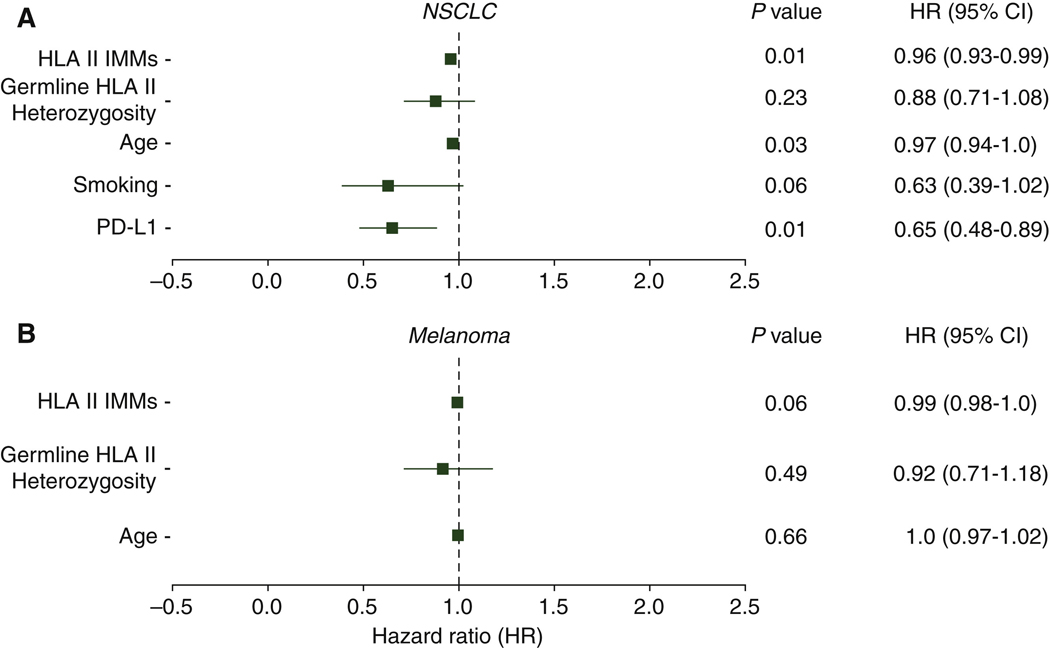Figure 4. Associations between established factors and patient survival.
Established factors of age, smoking status, and PD-L1 expression and HLA class II immunogenic mutation (IMM) burdens were analyzed through multivariate Cox survival models to understand their impact on patient survival. Smoking status was categorized into three groups—never smoker = 0, former smoker = 1, and current smoker = 2. PD-L1 expression levels were assigned into four groups: strong (≥50% membranous staining) = 2, weak (l%−49% membranous staining) = 1, negative (<1% membranous staining) = 0, and unassessed. Patients with unassessed PD-L1 expression were excluded in this analysis. HLA class II IMM burdens, as a continuous variable, indicated the number of IMMs a sample had. Germline HLA class II heterozygosity, as a continuous variable, indicated the numbers of unique HLA class II alleles a sample had. (A) HLA class II IMM burden (Wald test P = 0.01, HR = 0.96, CI 0.93–0.99), age (Wald test P = 0.03, HR = 0.97, CI 0.94–1.0) and PD-L1 tumor expression (Wald test P = 0.01, HR = 0.65, CI 0.48–0.89) were found to reduce survival hazard in NSCLC cohorts. (B) Only HLA class II IMM burden had a trend towards significant effects in reducing survival hazard in melanoma cohorts (Wald test P = 0.06, HR = 0.99, CI 0.98–1.0).
CI, confidence interval; HLA, human leukocyte antigen; HR, hazard ratio; NSCLC, non-small-cell lung cancer; PD-L1, programmed death-ligand 1.

